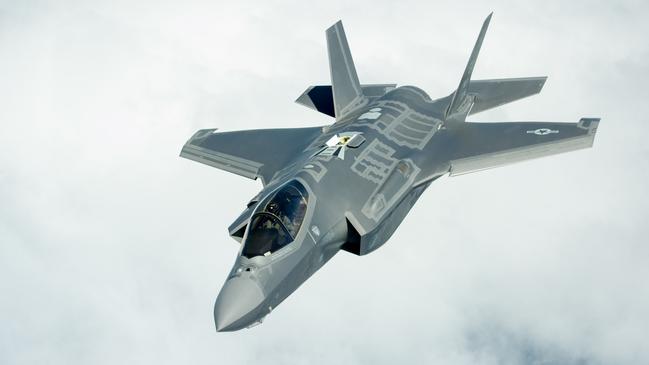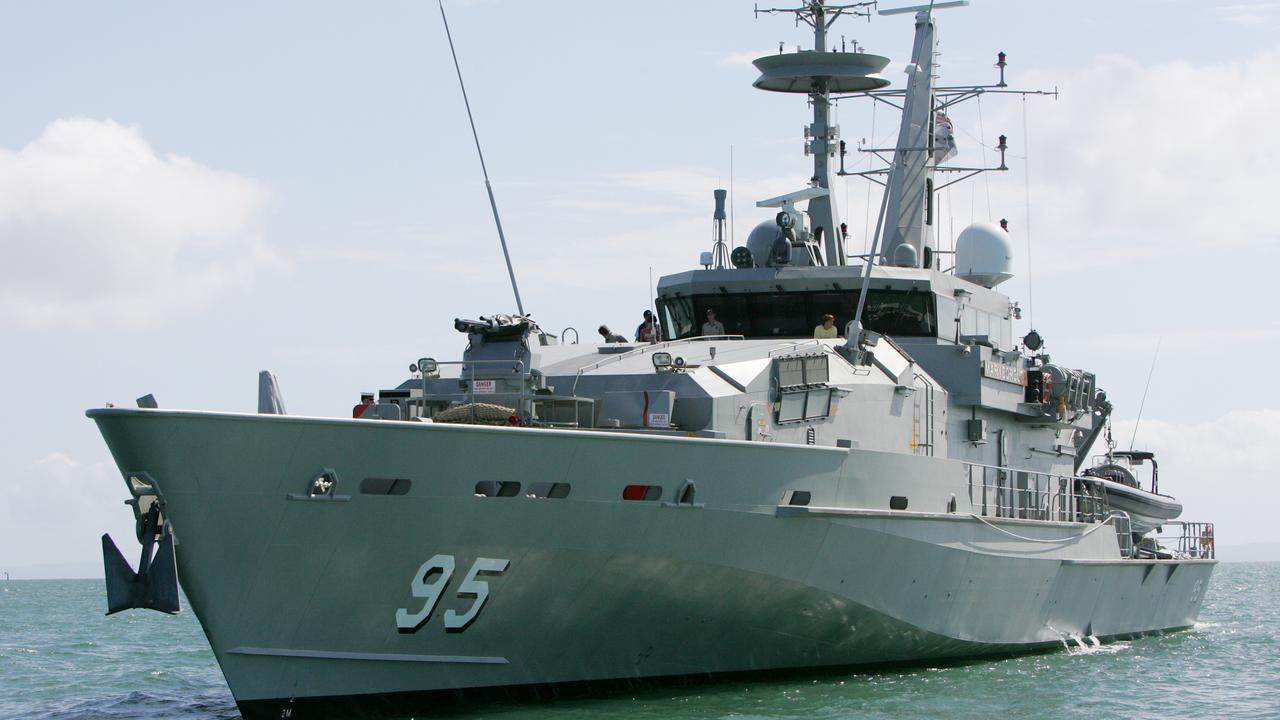Primer concern for corroding strike fighters
The RAAF’s new strike fighters have corrosion issues after a protective primer was not applied when painting the F-35s.

Ten of the Royal Australian Air Force’s new multi-million-dollar strike fighters have corrosion issues after the manufacturer failed to use a protective primer when painting the F-35s.
And F-35 pilots could face such debilitating ear pain or sinus injury from internal pressure changes that they could crash during complex manoeuvres, a US Government Accountability Office report has warned.
The corrosion and the internal pressure scenario are the latest issues plaguing the aircraft that cost about $100 million each and are expected to start arriving in Australia later this year.
The Australian Defence Force confirmed on Friday that 10 of its Lockheed Martin-built fighters had been affected by the primer issue that the US government says has to be fixed via a month- long repair process. The issue was first noticed on a US plane by authorities late last year when corrosion was discovered on fasteners under an F-35A’s fuselage panels during maintenance.
A joint government and industry investigation found primer had not been applied to prevent corrosion to the fastener holes in an aluminium cover plate.
Three months ago the US Defence Department temporarily suspended acceptance of the strike fighters because of the corrosion issues but did not reveal any affect on the Australia fleet.
At the time the US Air Force’s spokesman for the assistant secretary of acquisition Lieutenant General Arnold Bunch said the corrosion was in fastener holes that were drilled and not “corrected or properly treated”.
A report by the US Government Accountability Office in June said repairs were estimated to take between 30 to 40 days per aircraft at a cost yet to be determined. The office said US Defence Contract Management Agency officials believed the corrosion between the aircraft’s surface panels and the airframe occurred “because Lockheed Martin did not apply primer when the panels were attached”.
It said more than 270 aircraft had been identified as lacking the primer by last February but did not specify whether the issue had affected Australian deliveries.
An ADF spokesman said the 10 affected Australian aircraft would be fixed during scheduled maintenance and there were no concerns with regard to flight safety or any delay to training for pilots or delivery of aircraft.
The Australian contacted Lockheed Martin for comment on Friday but has not received a response. The delay was due to time zone issues, a local representative said. Lockheed Martin chief executive Marillyn Hewson said in April that the company was confident of meeting deliveries of 90 aircraft for the year.
Australia is spending about $17 billion to buy 72 fighters of the F-35A variant, with the aircraft due to reach “initial operating capability’’ by December 2020. Four aircraft have been delivered to Australian pilots training in the US, according to the Defence Department’s official website.
The accountability office’s report, which was titled “F-35 Joint Strike Fighter Is Nearly Complete but Deficiencies found in Testing Need to be Resolved”, also revealed that several “technical’’ risks remained an issue.
In particular, problems relating to oxygen supply and cabin pressure appeared to require significant work to rectify.
The office said from May to August last year, six events had occurred where pilots reported physiological symptoms of oxygen deprivation though no common cause had been identified. Three issues were being examined as a likely cause.
One related to pilots facing debilitating ear pain or injury to the sinus due to the rate at which the cockpit’s internal pressure changes, according to the report.
“In addition to potential pain experienced by the pilot, loss of situation awareness during complex manoeuvres could cause the aircraft to crash,’’ the office said.
Another was in regard to a breathing regulator on the pilot’s seat that was failing at a high rate. The report said “slow progress on a root cause corrective action in regards to the regulator had led the program to consider alternative suppliers for the component”.
Another was the anti-suffocation valve that is supposed to open when the breathing regulator was itself failing to open — “creating a risk that unconscious pilots ejecting over water may drown”.



To join the conversation, please log in. Don't have an account? Register
Join the conversation, you are commenting as Logout